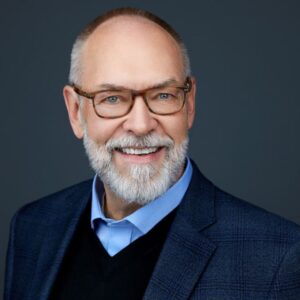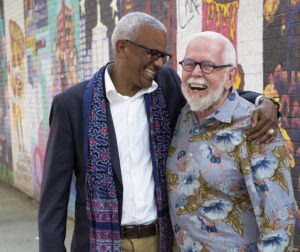Your future self and you
Research shows that people have a strong tendency to think of themselves in the future as someone entirely different, that there is a disconnect between our self of today and the one we will be years from now. That phenomenon may be at the root of many bad habits that we can’t quite get around to breaking and decisions we make that only seem bad in retrospect.
Dr. Bill Thomas introduced me to the term “diachronic vision” to understand this. Diachronic vision is the ability to see things across time, to anticipate consequences of an action on our future selves. It’s really mental time travel, and relies on the structure in the brain called the hippocampus to make it happen. Where the hippocampus is damaged, as in Alzheimer’s disease, the person cannot imagine the future by using previously learned information.1
But even in intact brains, we humans can be very shortsighted and not imagine our own future very well. For example, when you charge something on a credit card, today you incur a debt that your future self has to pay back. The same thing goes for things like poor eating habits, excessive alcohol use and spending too much money instead of saving—all examples of poor diachronic vision. I think that another vulnerability this leads to being is that we have a tendency to be disconnected from who we will be as old people—or even that we will someday be the old.
Having no connection to our future selves can result in making bad decisions about important things. In the world of long-term care, I think it occurs when we make decisions about what care should be like as if the people who are to receive that care are different from us than when we will be old. This leads to an “empathy gap” and permits us to view elders as somehow different from the rest of us. The process is called “othering.”
I propose that the current field suffers from a kind of denial that arises from poor diachronic vision that will only harm those in the field who are not yet old and who don’t realize that who they are will grow old with the rest of themselves. Unless we change things soon, the current decision makers, leaders and managers among the future aging multitudes will age in a society that made poor decisions today. This is called diachronic competition. What we need is diachronic collaboration.
Here is how it works with regard to attitudes about money. Dr. Hal Hershfield2 reports that when college students are shown age-progressed images of themselves, they allocate twice as much to an imaginary retirement account as do those who saw their current image. This idea that people are willing to have their future self be burdened by something the present self doesn’t want rings true in our field. That is unfortunate and shortsighted. Is our focus on the near term of operating a business or making policy decisions about what quality of life and care are for the aged a case of this diachronic competition? Are we operating guided by a disconnect with our future selves?
Maybe the way to address this is to put every one of us in the field through a process like the one Dr. Hershfield’s subjects had and make us see an age-progressed image of ourselves every day at work, like at the time clock or on the name badge, even as a hologram where your old eyes follow you. (You can actually age progress an image of yourself with an app.)
Will our future selves think our current selves made good decisions in the present about our lives as aging persons for the long term?
REFERENCES
- Sharot T. The optimism bias. New York: Vintage Books, 2011.
- Hershfield H. You make better decisions if you “see” your senior self. Harvard Business Review: June 2013.
Related Articles
Topics: Alzheimer's/Dementia , Executive Leadership , Leadership , Staffing











